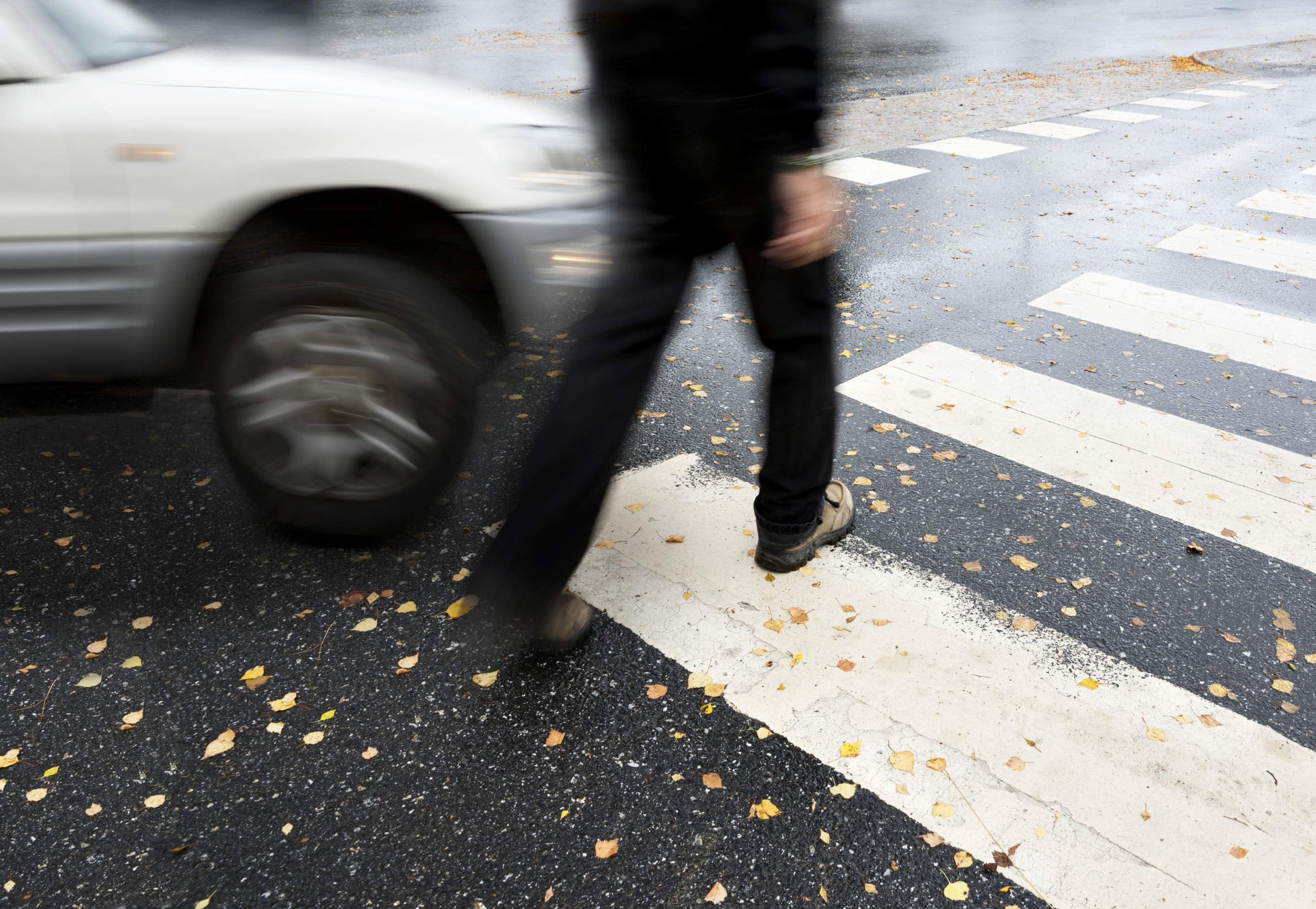Understanding Pedestrian Accidents In Nevada
About one in four of the traffic fatalities in the Silver State are pedestrians, and that figure is well above the national average. Many, if not most, of these fatalities occur outside crosswalks in non-urban areas during non-daylight hours (between dusk and dawn), and most victims are either young children or older adults.
These facts mean a lot. Many vehicles slow down around intersections, especially if traffic is heavy, and speed up in non-intersections, especially if traffic is light or moderate.
Further, as a rule of thumb, visibility is about 300 times greater during daylight hours. And, since many non-crosswalk areas are unlit, the difference may be even greater when it comes to pedestrian accidents. Lack of visibility also explains why so many young children are victims, because it is simply harder for motorists to see them, especially if they are not really looking for pedestrians in the first place.
Injuries in Pedestrian Accidents
In collisions, several layers of glass, plastic, and steel, not to mention multiple restraint layers, protect vehicle occupants. However, in similar situations, pedestrians are completely exposed to the risk of injury. Some common wounds include:
Head Injuries: With no seat belts or airbags to hold them in place, nearly all pedestrians are launched into the air in these cases. The jarring motion when they land, even if they do not land on their heads, often causes permanent brain injuries.
Broken Bones: Fall-induced fractures in young people often heal quickly with little medical intervention. In almost all other cases, and for almost all other victims, surgeons must use metal screws, pins, or plates to set the bone.
After several weeks or months of near-total immobilization, most victims require weeks or months of expensive and painful physical therapy to regain a minimal amount of lost function.
Blood Loss: Because of the serious nature of the injuries, and because many of these incidents occur relatively far from first responders and hospitals, the victims often lose vast amounts of blood before they can be properly stabilized, and the weakened state of their bodies makes their other injuries even worse.
All these injuries often mean huge medical bills and significant time away from work, so victims are entitled to compensation for these economic damages. There are intangible wounds as well, such as loss of enjoyment in life and pain and suffering damages as well.
Fault and Liability in Pedestrian Accidents
Speed is a factor in about a third of fatal car crashes. First, excessive velocity greatly increases stopping distance, which is thinking distance (reaction time) plus braking distance (amount of time required to stop safely). At 20mph, stopping distance is about three car lengths for most passenger vehicles. At 40mph, stopping distance triples to nine car lengths, or even more in some cases. In practical terms, if a pedestrian is in the path of a slow moving car, for whatever reason, the motorist can nearly always avoid the crash by slowing down, stopping, or changing lanes. However, if a pedestrian is in the path of a fast moving car, a collision is basically inevitable.
Speed-induced crashes also have much more force, because of Newton’s Second Physical Law. That is why, as a rule of thumb, pedestrian accidents at under 20mph are typically survivable and often do not even cause serious injuries, and collisions at greater than 40mph are nearly always fatal.
Next, alcohol is a factor in about a third of vehicle crash fatalities. After only one drink, most people are unable to make good judgements because alcohol is a depressant and have problems controlling their motor skills because alcohol is a tranquilizer. After another drink or two, these symptoms significantly worsen and joined by blurred vision because of bloodshot eyes; most people are essentially comatose if they consume much more alcohol.
In terms of pedestrian accidents, the slowed reactions increase stopping distance, the impaired vision makes it more difficult to see pedestrians, and the impaired motor skills make it more difficult for drivers to control their vehicles in emergencies.
Distracted driving causes many other fatal and serious injury crashes. Cellphones garner considerable attention in this area, because these devices combine all three types of distracted driving:
Visual: People who are looking at screens are not watching the road. Moreover, at highway speeds, a vehicle can travel the length of a football field in the time it takes to send a text message.
Manual: In addition to using cellphones for communication or web-surfing, people also take their hands off the wheel to adjust the radio or air conditioner.
Cognitive: Both live and virtual conversations require concentration, so drivers take their minds off driving when they talk on cellphones, send messages, post on social media, or talk to passengers.
Hands-free devices, whether they are built into the vehicle or hand-held devices in speaker mode, are not much safer than hand-held devices, and because they give drivers a false sense of security, they may even be more dangerous.

Leave a Reply